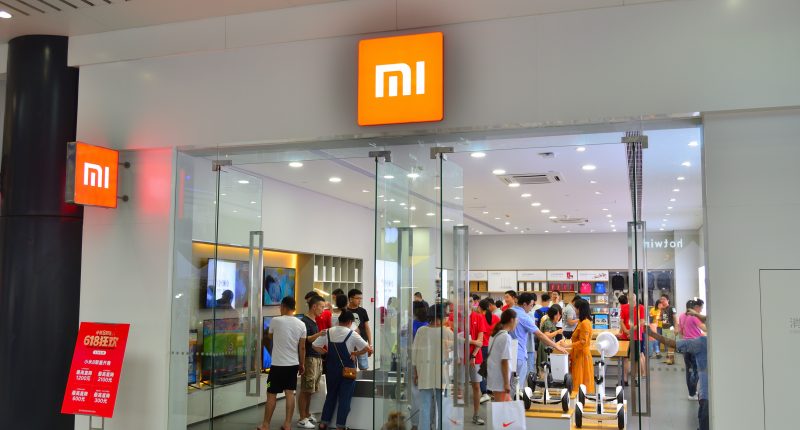Sound can charge your smartphone and other electronic devices. Sounds crazy right? Well, this may not be possible right away, but some time in the near future, users would be able to charge their phone using sound waves, if Xiaomi’s efforts come to fruition.
Science never fails to amaze, and as technology has advanced, the line between what is fictional and what is real gets blurred. Revolutionary tech gets rolled out constantly as we achieve what was once believed to be unachievable. The smartphone is an example of technology that has grown by leaps and bounds across multiple fronts, including processing power, wireless connectivity, and others over the past decade. Charging of these smartphones, however, has progressed at a slower rate, something that phone manufacturers are working hard to rectify. Chinese smartphone maker Xiaomi is the latest to do so, as it is working on a technology that will allow smartphones go charge using sound.
Xiaomi has applied for a patent with state agency China National Intellectual Property Administration (CNIPA) for its ‘Sound Charge’ technology. According to the patent, a sound collection device, a collection of of energy conversion devices, and a power conversion device will be used to convert sound vibration into mechanical vibration. The vibration would be converted into AC (Alternative Current) and finally into DC (Direct Current) to charge the smartphones.
Sounds like something out of a sci-fi novel, does it not? While it is certainly an ambitious project. If it is successful and rolled out globally, we can say goodbye to charging cables. However, do not expect to see this technology in the market in the near future.
Wireless charging is not something that is new, and Xiaomi has been working hard in this area as of late. You may remember the “Air Charge” technology it unveiled in January, which would charge devices remotely. According to the company, the core technology of its remote charging lay in space positioning and energy transmission. “Xiaomi’s self-developed isolated charging pile has five phase interference antennas built in, which can accurately detect the location of the smartphone. A phase control array composed of 144 antennas transmits millimeter-wide waves directly to the phone through beamforming,” Xiaomi had said then. The company currently owns 17 patents for the Mi Air Charge Technology.
The Chinese company is also working on HyperCharge, which uses 200W charging to achieve higher charging speeds. According to Xiaomi, it can charge a 4000 mAh battery in 8 minutes. This technology may roll out later this year.
So you can see, Xiaomi is quite busy when it comes to creating charging technology, not only to cement its place in the market but also to gain an edge over its competitors, both domestic and global.
We have seen a lot of advancements in chipsets, displays, and others, but what good is a device if it does not last for a long time or takes ages to charge? It is thus hardly a wonder that advancements in battery and charging technology have gained the attention if smartphones manufacturers worldwide.
